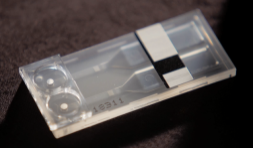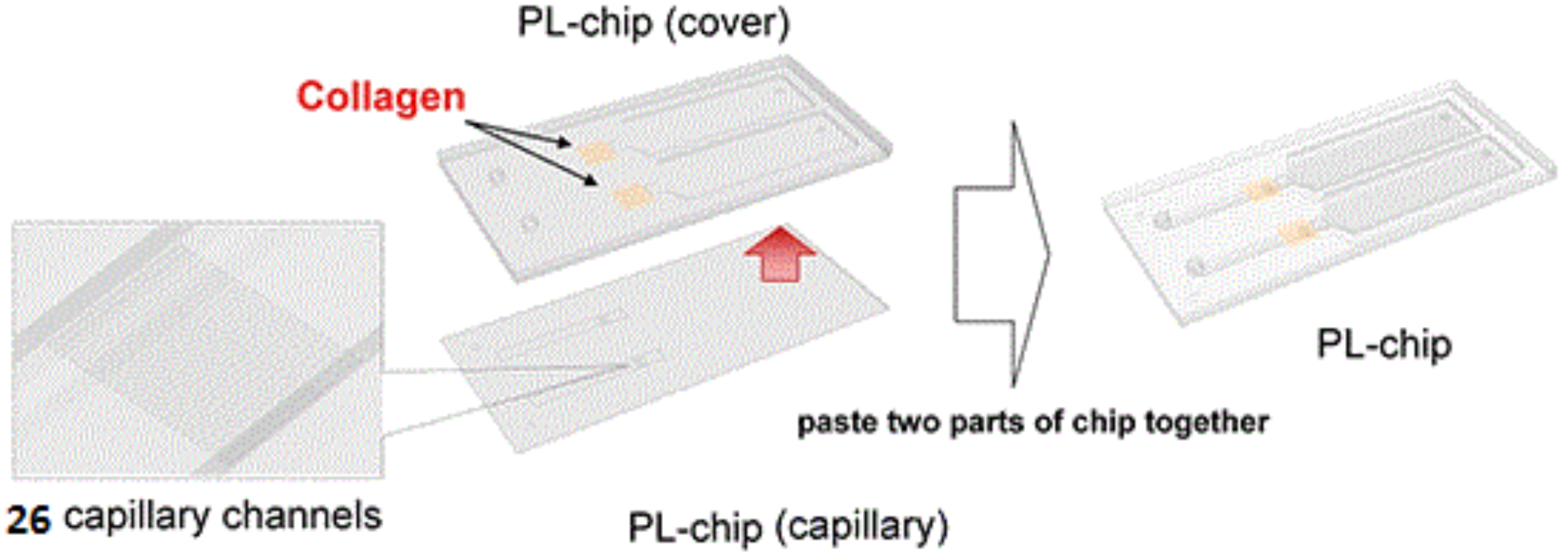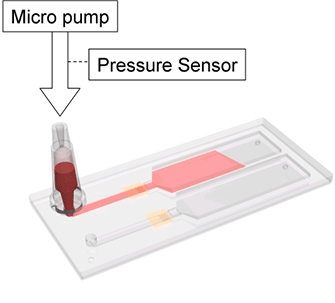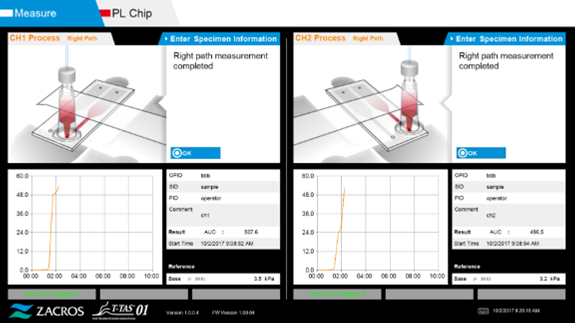T-TAS 01
The T-TAS 01 is a total thrombus formation analysis system. Thrombosis and bleeding management is an important consideration in several clinical situations:
- Trauma
- Surgery
- Interventional procedures
- Bleeding clinic
T-TAS (Total Thrombus formation Analysis System) is an automated microchip flow chamber system for the quantitative analysis of the thrombus formation process under blood flow conditions. T-TAS reproduces the in vivo thrombus formation process in an ex vivo system that uses the same substances that stimulate thrombus formation under physiological conditions. Therefore, T-TAS enables the ex vivo evaluation of overall hemostatic ability that more closely reflects the in vivo condition than other tests. The T-TAS 01 is equipped with two measuring channels and animated operation guide for efficient measurement.
Advantages of T-TAS
Single-use microchip produced by a precision injection molding technique Requires only small-volume whole blood samples (approx. 320 μl) Simple operation controlled by a dedicated computer system.
The T-TAS 01 System with PL chip is a reliable tool for measuring the overall primary hemostatic ability of the patient. An assessment of overall primary hemostasis (platelet thrombus formation) can help guide more informed decisions by providing information to determine whether the ability to form a platelet thrombus is impaired. Information about overall primary hemostatic ability is useful when evaluating
- Whether impaired platelet activity may be contributing to active bleeding
- Whether a patient might benefit from a platelet transfusion
- Whether primary hemostasis has returned to normal prior to surgery
- Whether platelet activity has been significantly impaired in association with interventional procedures
Characteristics of the PL Chip assay
The PL-chip was specifically designed for the quantitative analysis of primary hemostatic ability, i.e. the overall platelet thrombus formation process, which involves platelet adhesion & aggregation, granule secretion, and thrombus growth. The test measures primary hemostatic ability in BAPA-anticoagulated whole blood specimens, and can be used to detect defects in primary hemostasis.
- Single-use microchip (PL Chip) produced by a high-precision injection molding
- Small amount of whole blood sample (320 μl)
- Quantitatively monitoring system by flow pressure waveform
- Easy operation controlled by a dedicated computer with touch screen display

Thrombus formation assay PL chip principle
The T-TAS 01 System with PL chip is the first easy-to-use system for measuring primary hemostasis using a flow-based microchip. Some platelet assays use super-physiological concentrations of platelet activators (agonists) and artificial matrices to produce platelet activation and aggregation. The T-TAS 01 PL chip uses only arterial shear stress over a collagen-coated surface to produce platelet activation and aggregation. The combination of arterial shear stress and platelet adhesion to collagen allows the T-TAS system to more closely mimic in vivo primary hemostasis. Unlike other methods, which use a single aperture that becomes occluded, the T-TAS 01 PL chip contains 26 collagen-coated microcapillaries that normalize variability by providing a measurement of average occlusion across several channels.


PL chip parameters
Flow pressure analysis
When blood flows through the analytical path of the PL Chip, platelets adhere and aggregate on the surface of the collagen-coated capillary channels. The platelet aggregates gradually increase in size and eventually occlude the capillary, resulting in an increase of flow pressure. Thus, changes in flow pressure patterns reflect the platelet thrombus formation process.
Definitions of the parameters used for quantification of the platelet thrombus formation process
Only one specific term, AUC, is used to quantify platelet thrombus formation inside the PL Chip. AUC (area under the flow pressure curve for 10 min) represents total thrombogenicity and reflects onset time, as well as growth and stability, of formed thrombi.
